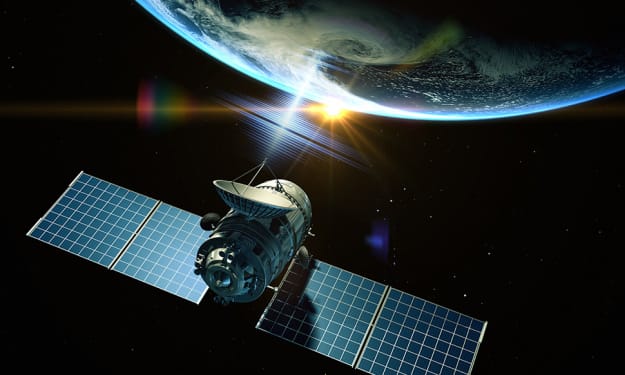summary
Earth's climate is currently warming at an unprecedented rate over the last 10,000 years. The IPCC has confirmed that human activity is a significant factor in this change, based on decades of research. Data from natural sources like ice cores and tree rings, as well as modern technology like satellites, provide ample evidence of this warming trend, including rising global temperatures and melting ice sheets.

1, Rate of Global Warming
Studying the temperatures of rocks deep inside the Earth can help us understand past climate changes. Rocks deep down change temperature more slowly than rocks closer to the surface. By measuring how rock temperatures change at different depths, scientists can guess past temperatures at the Earth's surface.
Teams of scientists from all over the world gather climate data from the past. When they compare their data, they find a lot of similarities. This helps them paint a picture of what the Earth's climate was like thousands of years ago. Even though different teams have slightly different methods, they mostly end up with similar conclusions. This matching data gives us confidence that the information is accurate.
The observed temperature anomalies have exhibited significant alterations in recent years, with a marked acceleration in their rate of change.

2, What is the impact of human activity on the climate system?
Human actions are significantly affecting our climate, as confirmed by major international climate reports(Intergovernmental Panel on Climate Change, IPCC).
Think of Earth's climate like a balance: the energy we get from the sun should be roughly the same as the energy we send back out into space. But things like extra greenhouse gases, mostly from our cars, factories, and other activities, tip this balance.
What's worrisome is that the damage we've already done, and continue to do, will affect our climate for a very long time, even if we seriously cut down on pollution now. This is because big parts of our planet, like deep oceans and large icy areas, take a long time to react to these changes.
For example, even if we stop all CO2 pollution and manage to stop further global warming, our sea levels will still rise for many years. This is due to the leftover heat from our past pollution, which continues to warm the deep parts of our oceans, causing ice to melt.

3, Do higher amounts of gases like carbon dioxide in the air relate to warmer global temperatures?
Ice from the Antarctic Ice Sheet (AIS) gives us a glimpse into the past by showing how much CO2 was in the atmosphere during different periods. Some of these records come from times like the last glacial period and the LDT. During these times, the CO2 levels went up and down by about 9.6 ppm over centuries.
Though these ancient changes might seem small compared to the big increases in CO2 we've seen from 1919 to 2019, they give us crucial insights into how the environment naturally responds to changes in CO2 levels.
When looking at the time span from 0 to 1850, most ice core records agree that the CO2 levels were generally between 274 and 285 ppm. For instance, in the year 1750, the concentration was about 278.3 ppm, and by 1850, it rose slightly to around 285.5 ppm.
There were notable changes in these years too. Between 970 and 1130, CO2 levels went up by about 5 ppm but then dropped by 4.6 ppm from 1580 to 1700. Around the year 1600, there was a significant shift in CO2, ranging from a drop of 6.9 ppm to an increase of 4.7 ppm over a century.
While these ancient ice records give valuable data, they aren't perfect. Due to the way gases move and bubbles close off in the ice, the readings can be a bit "smoothed out". However, one thing is crystal clear: the speed at which CO2 levels have risen since 1850 (by roughly 125 ppm in about 170 years) is much faster than any changes seen in the ice records covering the last 800,000 years. That's a big deal and gives us very high confidence about the unique situation we're in today.
This time, carbon dioxide and global warming were mentioned. Other factors will be updated at a later date.
Please follow me if you like. It will be a great motivation! thank you !!
About the Creator
MEME_rain
I would like to write an evidence-based article on a wide range of articles.It will take time because I am not used to it, but I like to write, so I will continue to do so steadily.







Comments
There are no comments for this story
Be the first to respond and start the conversation.